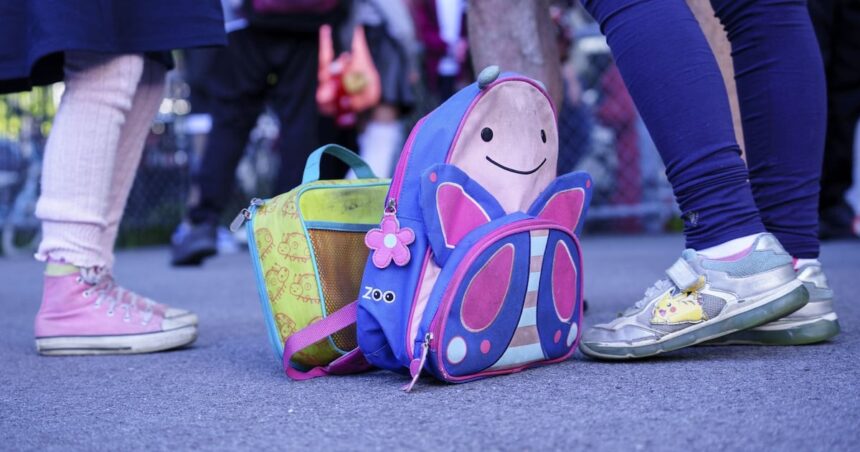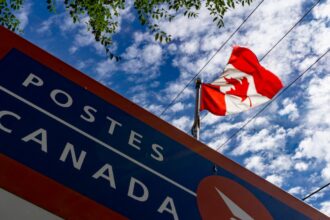The annual back-to-school shopping season has evolved from a time of excitement to a period of financial anxiety for Canadian parents as inflation continues to drive up costs across the country. A recent national survey reveals that nearly 70 percent of Canadian parents are feeling significant financial pressure as they prepare their children for the upcoming school year, highlighting a growing economic strain on families nationwide.
“Every year it gets worse,” says Michelle Garner, a mother of three from Mississauga. “What used to cost me about $250 per child now easily exceeds $400, and that’s before factoring in new clothing or technology needs. I’m having to make difficult choices about what’s essential.”
According to data compiled by the Retail Council of Canada, the average Canadian family is spending between $900 and $1,200 on back-to-school essentials this year, representing an increase of approximately 12 percent compared to 2022. This significant jump comes as families are already grappling with elevated costs for housing, groceries, and transportation.
The financial strain is particularly acute for parents with multiple school-aged children. The poll found that 76 percent of respondents with three or more children reported having to cut back on other household expenses to accommodate school supply costs. Many are turning to second-hand options, community exchanges, and spreading purchases across multiple pay periods to manage the financial burden.
Economists at several major Canadian financial institutions point to continued inflationary pressures as the primary driver behind the rising costs. School supplies have seen above-average price increases, with items like backpacks up 18 percent, scientific calculators up 15 percent, and laptops showing price increases between 10 and 20 percent depending on specifications.
“What we’re witnessing is the compounding effect of supply chain disruptions, increased production costs, and heightened consumer demand creating a perfect storm for back-to-school shoppers,” explains Dr. Aisha Patel, economist at the University of Toronto. “Unfortunately, wage growth isn’t keeping pace with these increases for many Canadian families.”
The situation has prompted political discussions across the country, with several provincial governments considering expanded school supply subsidies and tax credits. In Ontario, a proposed “Back-to-School Affordability Credit” is under consideration, while British Columbia has already implemented an enhanced school supply subsidy program for lower-income families.
Retailers have responded to the financial pressure by extending sales periods and offering bundled deals. Major chains like Staples and Walmart have expanded their price-matching policies and budget-friendly options, though parents report these measures provide only modest relief against the broader inflationary backdrop.
Financial experts recommend parents create dedicated school supply budgets, prioritize essential items, and take inventory of reusable supplies from previous years. Community-based initiatives like supply swaps and bulk-buying groups have gained popularity in many Canadian communities, offering creative solutions to mitigate costs.
As inflation continues to shape economic reality for Canadian families, the back-to-school season has become an increasingly significant financial milestone that requires careful planning and budgeting. For many parents, the question now becomes not just how to afford this year’s expenses, but how sustainable these increasing costs will be in the years ahead if inflation continues its upward trajectory.










